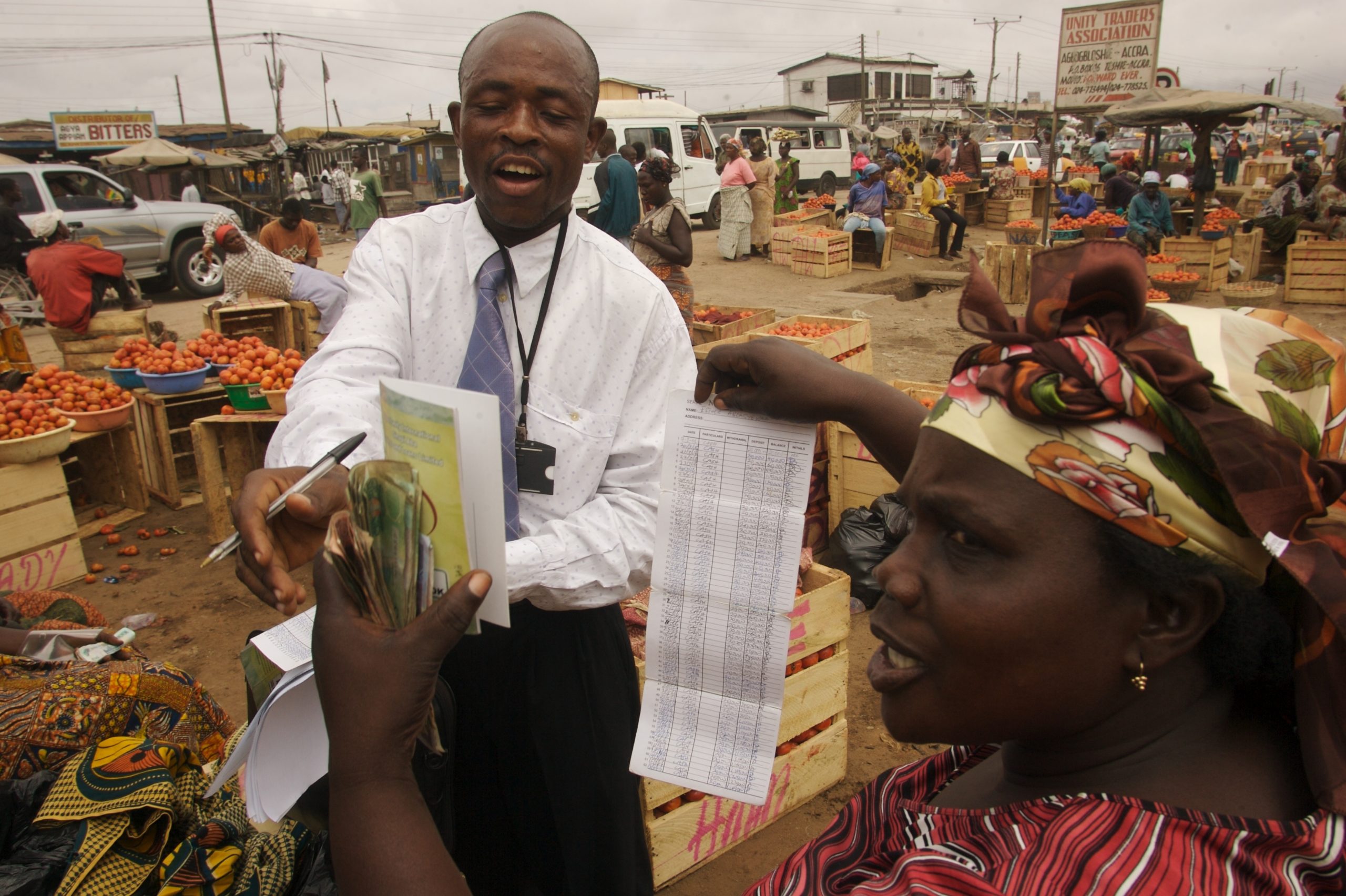
Today I want to share with you how EASY it can be to build a lucrative African business from scratch and have clients queue up for your products. You can start on a shoestring budget and grow your business organically.
By the way, I am in transit on my way back from our Africa Business and Investment Mission to Rwanda.
I can’t wait to spill the beans once more and share all the market insights and opportunities with you. Kindly allow a few days for me to return home, settle back in, and compile all the information filling my note-book. We have been so extremely busy on the ground (good busy!) that my trip by plane actually gives me some time to breathe ?
Since I have been absent from my blog for two weeks during my trip , I will leave you today with one of my favourite articles and Africa business success stories; from Rwanda of course, just to set the tone for my upcoming blog post.
If you want to read more about my personal findings on the ground in Africa, you may also want to read my following blog posts:
But for now, I leave you with an inspiring lucrative African business success story!
GASPARD Kabalisa is a management consultant, who has exploited his entrepreneurship and managerial experience and skills to rake in millions from pig rearing.
Kabalisa currently owns a model piggery with 70 pigs at Gasanze cell in Nduba sector, Gasabo District. Kabalisa says he started the farm in 2012 with a partner, who later pulled out because of financial reasons.
“We started the project with 17 piglets, but the project is now worth Rwf 13 million (about US$17,000),” he says. He explains that he was attracted into pig farming by the high demand of pork and piglets.
“Piggery has many advantages to a farmer: they eat a wide range of feeds, making it easy for a farmer to get feeds.”
He argues that piggery is also the easiest business to control. Every business can be rentable if done professionally, he adds.
He says he employs graduates in veterinary services and farm management and two workers for the day-to-day farm work.
He says most of the animal feeds, including forages like sweet pepper, taro, squash, sweet potatoes, egg plants, maize are produced on his farm, but he buy a few processed feeds.
James Akananiyundi, the veterinary officer at Kabalisa’s farm, however, says cultivated forages are important to supplement the industrial feed, on one hand, and to reduce operational costs on the other hand.
Recently, the vet introduced a high yielding variety of beans that are rich in iron to improve the animals’ nutrition and help fight against anemia, which he says is a serious disease pig farmers are wary of.
“I plan to increase my stock to at least 400 pigs in next five months, set up a modern slaughterhouse on the farm and a small meat processor in order to gain more from business,” he points out.
Piggery is one of the areas that have been prioritized by the government as the base of meat industry, where private operators have started to invest money in a professional way.
Opportunities
There are many opportunities that I have to exploit: my farm is located nearby the town (Kigali), which makes it easy for me to access feeds and supply the market, Kabalisa says.
“I got a deal to supply 200kg of pork per week to one of the big hotels in Kigali, but I gave up since, with only 70 pigs I could not sustain it even for a month,” he says. This, he notes, is one of the big challenges, and vows to invest more in the project so he can at least be able to supply one big client or hotel sustainably.
He adds that the market for pork and piglets is still so big in Kigali and other provinces, requiring more investors, especially large-scale farmers, to satisfy it.
Dr. Alphonse Nshimiyimana, the director for animal production at Rwanda Agriculture Board (Rab), said pig rearing is a lucrative sector.
“There is still a long way to go, but piggery has greatly helped to improve the lives of Rwandans. For the private sector and people who are interested in the sector, there are still many opportunities to be exploited.”
He notes that Rab avails farmers improved breed locally. “We have also started establishing veterinary laboratories, especially for boars that will give semen for artificial insemination. The laboratories are being established in the Northern Province at Kisaro centre in Rulindo District and another at Musanze.
The Southern and Eastern provinces labs will be established at Huye and Nyagatare districts, respectively,” Nshimiyimana says.
In terms of animal feeds, the government has launched feed processing centres in Musanze, Rwamagana and Huye districts.
Nshimiyimana says Rab also provides technical support to stakeholders, including farmers, feed producers and processors under the technical support programme. To make the project sustainable, Rab and the Ministry of Agriculture and Animal Industry have started training community animal health workers to equip them with skills to offer basic veterinary services to farmers in communities.
Challenges
Nshimiyimana says the small number of modern facilities like abattoirs, processing plants, feed makers and laboratories are some of the biggest challenges the sector faces. He notes that reluctance of financial institutions to finance agriculture has affected piggery production and expansion efforts.
He adds that cultural and religious beliefs also affect the growth of the sub-sector.
Kabalisa points out that the cost of production is high because we don’t have local industries that manufacture pig feeds, he says. Drug and veterinary services are also expensive.
“There is also reluctance on part of the government to support the private sector in terms of infrastructure development and access to finance,” Kabalisa says.
Transformation of the agriculture sector from a subsistence one to a market-oriented industry that creates value, with greater involvement of the private sector to increase agricultural exports, processing and value addition are among the strategic goals set by the government as Rwanda looks to attain a middle-income economy by 2020. Currently, Rwanda produces 8,905 tonnes of pork every year and exports over 65,600 pigs to neighbouring countries annually.
The mapping of modern pig farmers carried out by Rab shows that only 116 farmers own modern pig farms.
Tip from me:
Pig farming is not culturally acceptable or common in all parts of Africa. Choose a market area where the local demand is clearly present. If you have a dynamic consumer market, a vibrant local hotel and hospitality industry, and a national law that allows easy and inexpensive access to land you can win significantly faster! The cost of feed will be your biggest expense – although pigs eat almost everything you will need to include nutritious feed in your budget plan if you want to produce high quality meat.
By the way, we visited a piggery 1 hour outside of Kigali during our business mission. It actually belonged to a fish farmer, so the input into the piggery was minimal, yet he grew his farm from a few animals to 100 pigs within a single year, he told us! He had so many animals he had to downsize his pig farm. As you can see, it is all very quickly realizable.
Author: Dr. Harnet Bokrezion is the Founder of africajumpstart.com and co-author of the book ‘101 Ways to Make Money in Africa’. She coaches individuals and consults existing companies assisting them to make smart and strategic business decisions in Africa’s new emerging markets faster and more confidently. Dr. Harnet also regularly writes for the renowned DHL powered publication howwemadeitinafrica.com. Get in touch to inquire how she can be of assistance to your own Africa business endeavors: harnet@africajumpstart.com









